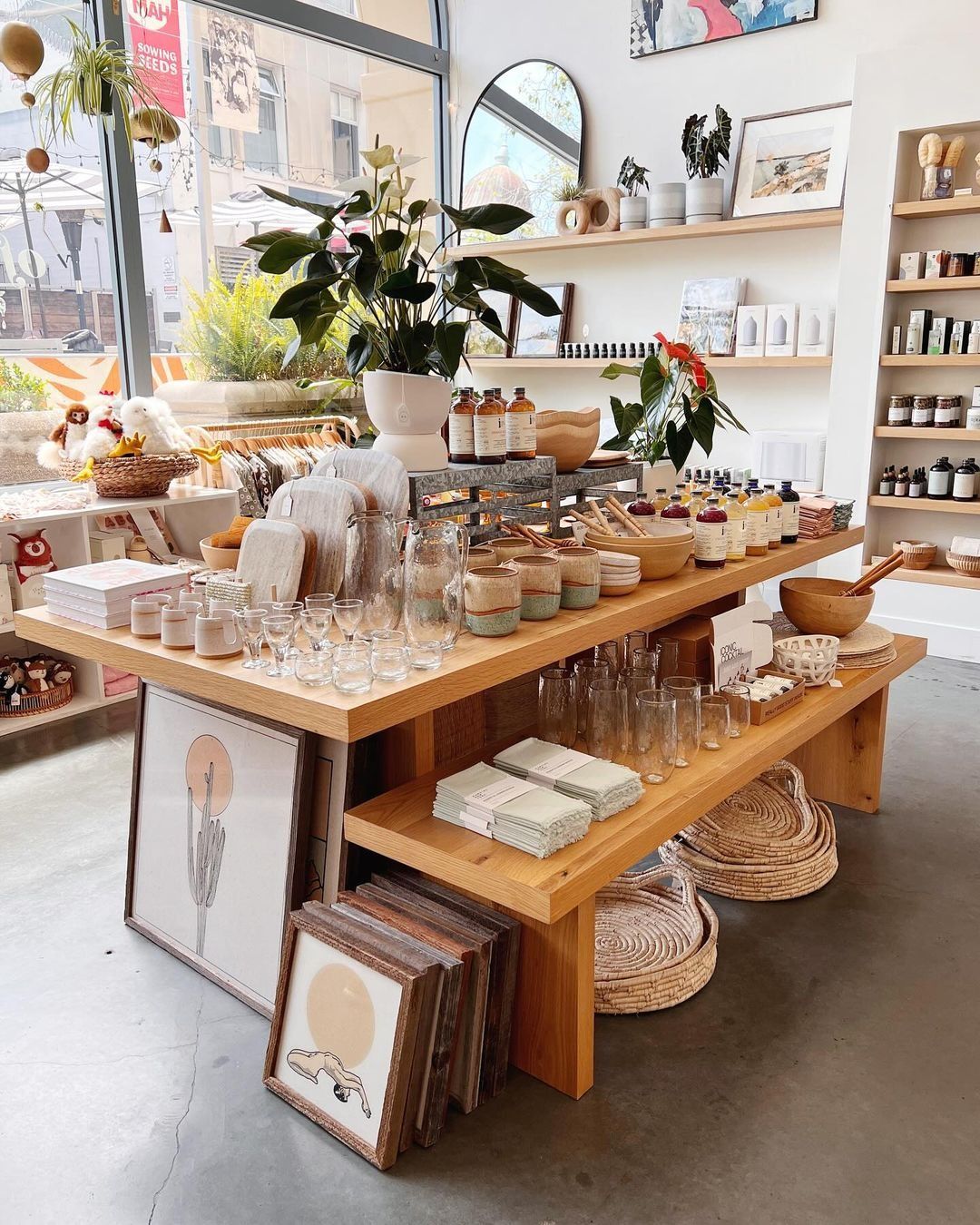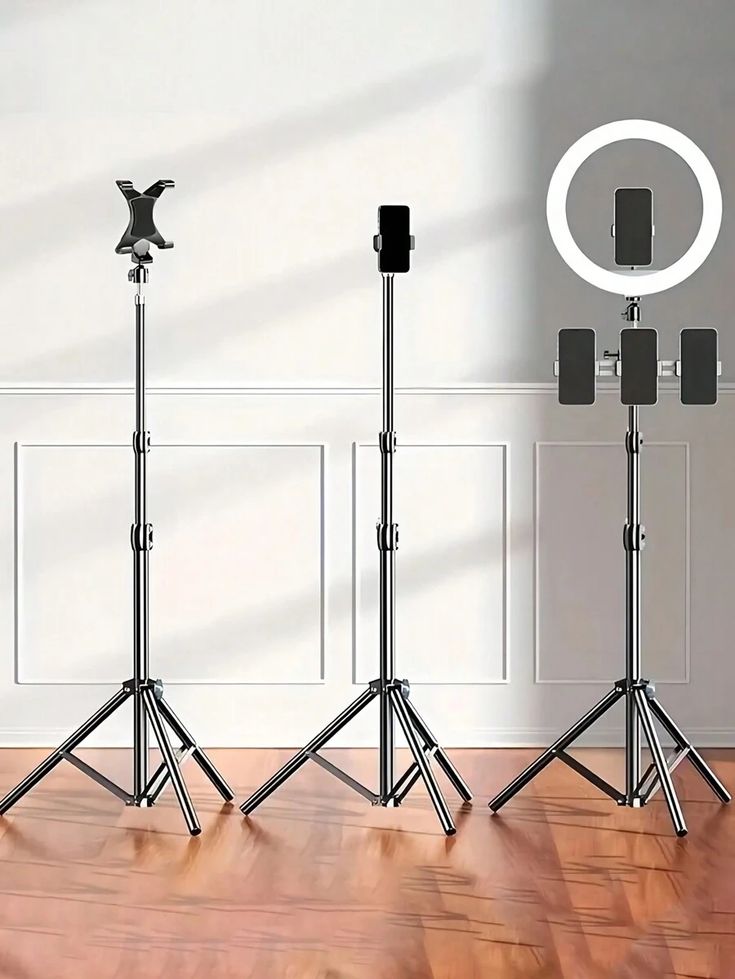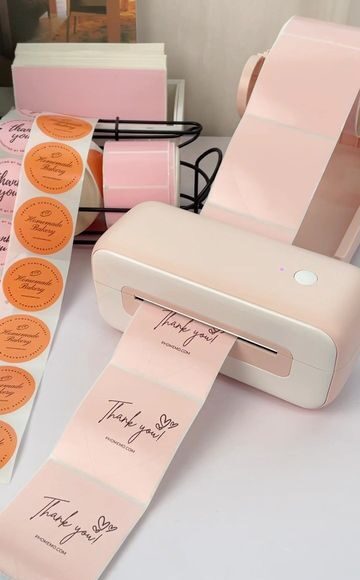📦 Packaging Fragile Kitchenware for Retail: Zero-Breakage Guide
If you’ve ever received a shipment of broken mugs or shattered glass jars, you know how costly poor packaging can be.
Every cracked plate or dented pan eats into your profit — especially when you’re running a small retail or online store.
The good news? Preventing damage doesn’t require expensive equipment. With the right techniques and materials, you can protect fragile kitchenware and reduce breakage rates to nearly zero.
In this guide, I’ll show you how to package fragile kitchenware for retail or shipping, from the materials I personally use to the best practices followed by major wholesalers.
🎁 Download my Fragile Goods Packaging Checklist for a ready-to-print guide covering materials, box sizes, and labeling tips.
🍽️ Why Fragile Packaging Matters
Every damaged product = lost sale + refund cost.
Fragile items are heavy — if not secured, they can shift and crack.
Proper packaging boosts brand reputation. Customers love receiving items in perfect condition.
Export compliance: Some countries require specific labeling for glass and ceramics.
💡 Issy’s tip: I once cut my return rate by 80% just by adding corrugated dividers and “This Way Up” stickers — simple changes, big savings.
| Material | Purpose | Recommended Specs |
|---|---|---|
| Double-walled boxes | Outer protection | 32 ECT or higher |
| Bubble wrap | Cushioning delicate parts | Small bubbles for mugs, large for glassware |
| Packing paper / kraft wrap | Prevent scratching | Acid-free preferred |
| Corrugated dividers | Keep items from touching | Custom cut or modular |
| Foam pouches or sleeves | For plates, jars, lids | ⅛” foam thickness |
| Void filler (peanuts or paper) | Fill empty space | Biodegradable option |
| Fragile / Handle With Care labels | Visual warning | Bright red or yellow |
| Shrink wrap / stretch film | Holds sets together | Especially for cookware |
🧠 Pro Tip: Avoid newspaper ink — it can stain ceramics and clear glass.
🪞 Step-by-Step: How to Pack Fragile Kitchenware
1️⃣ Wrap Each Item Individually
Wrap every piece separately in bubble wrap or foam before grouping.
For plates, insert a sheet of kraft paper between each one.
2️⃣ Add a Cushion Base
Line the bottom of the box with at least two inches of cushioning (paper or bubble).
3️⃣ Arrange by Weight
Place heavier items at the bottom, lighter ones on top. Avoid stacking too high.
4️⃣ Fill Empty Gaps
No movement = no breakage. Use crumpled kraft paper or biodegradable peanuts.
5️⃣ Add a Protective Top Layer
Before sealing, add a final cushion layer to absorb impact from above.
6️⃣ Seal & Label Clearly
Use strong packing tape (H-pattern seal). Label “Fragile – Handle With Care” and “This Way Up.”
🚚 For Retail Display or Local Delivery
Use inner boxes for sets of mugs, bowls, or jars to simplify shelving.
Keep SKU labels visible on the outside.
For in-store packaging, add branded tissue paper or stickers — it elevates perceived value instantly.
💡 Issy’s Tip: If you sell online and locally, design packaging that looks professional both for shipping and gifting — the unboxing experience matters!
🧳 For Export & Long-Distance Shipping
Use double boxing: Inner carton inside a larger box with at least 2″ padding between.
Reinforce corners: Use corner guards or edge protectors for heavy sets.
Check box strength: Anything over 10 kg (22 lb) should be 44 ECT minimum.
Document with photos: Take pictures of your packed boxes for insurance claims.
Add fragile stickers in multiple languages if exporting internationally.
💰 Cost-Saving Tips
Buy materials in bulk from Uline, The Packaging Company, or Staples Wholesale.
Reuse clean packaging from supplier shipments when possible.
Invest once in a tape dispenser and corner guards — they save time long-term.
For eco-brands, use recycled kraft paper or cornstarch packing peanuts.
📈 Average packaging cost per order: $0.50–$2.00, depending on product weight and material quality.
🧠 Common Mistakes to Avoid
❌ Using boxes that are too large (causes movement).
❌ Wrapping sets together instead of individually.
❌ Ignoring the “drop test” before shipping bulk.
❌ Forgetting to label fragile items when sending via courier.
🪄 My Real-World Experience
“When I started importing glass jars for one of my boutiques, I lost 30% of the first shipment to cracks. I quickly learned that packaging isn’t an expense — it’s insurance. Now, I double-box everything and have zero losses.”
Even small tweaks — like using thicker bubble wrap or labeling every side of a box — can protect thousands of shillings (or dollars) in stock.
🔗 Related Resources on IssyMiano.com
❓ FAQs
1. What’s the best material for packing fragile kitchenware?
Double-walled boxes, bubble wrap, and corrugated dividers offer the best protection.
2. Should I use foam or paper?
Use foam sleeves for glossy ceramics and glass; kraft paper is great for eco-brands.
3. How can I reduce shipping costs for fragile goods?
Consolidate orders, pack efficiently with minimal void space, and use lightweight fillers.
4. What should I do if items still arrive damaged?
Take photos immediately, notify the courier within 24 hours, and file a claim with your supplier’s invoice and packing evidence.
5. How do I make fragile packaging eco-friendly?
Use recyclable kraft paper, biodegradable peanuts, and plant-based bubble wrap alternatives.
✨ Conclusion
Protecting fragile stock isn’t optional — it’s the foundation of a profitable retail business. When you package smart, you not only save money on damages but also elevate your customer experience.
Download my Fragile Goods Packaging Checklist to make sure every shipment leaves your warehouse safely. And for verified vendor connections, grab the List of Kitchenware & Décor Suppliers — it includes contact links and export details for U.S., U.K., and Turkish suppliers.
Because success in retail isn’t just about what you sell — it’s how you ship it. 💪
Home Decor Store Essentials

Display & Merchandising Tools

Photography & Content Creation Tools

Packaging & Shipping Supplies

Worldwide Shipping
It elit tellus, luctus nec ullamcorper mattis, pulvinar dapibus leo.

Best Quality
It elit tellus, luctus nec ullamcorper mattis, pulvinar dapibus leo.

Best Offers
It elit tellus, luctus nec ullamcorper mattis, pulvinar dapibus leo.

Secure Payments
It elit tellus, luctus nec ullamcorper mattis, pulvinar dapibus leo.
